When we think of iconic guitarists, we often think of complicated riffs, impressive technical tricks, and other mind-blowing feats of dexterity and fretboard proficiency. But this often excludes an entire swath of musicians who prioritize tone and emotion over speed and agility.
Videos by American Songwriter
Based on tablature alone, these artists play seemingly simple parts that an intermediate (and even beginner) guitarist can pick up with relative ease. However, as any guitarist who has attempted these parts can attest, there is a reason the players who wrote the songs are among the most celebrated.
Here are four of the best guitarists whose secret sauce is all in the feel and the groove, not the number of notes played.
David Gilmour
Kicking off our list of iconic guitarists is Pink Floyd’s David Gilmour, who has crafted some of the most distinctive and enduring riffs in classic rock history, but even he would be the first to admit he’s no neck-tapping Eddie Van Halen. Speaking to The Telegraph in 2002, Gilmour lamented, “I just have not very good coordination between left and right hand. My fingers are very slow. I couldn’t do what all these other guitar players could do, so I had to do something different.” As Pink Floyd’s massively successful catalogue proves, that “something different” was a hit.
Rather than coming up with the flashiest guitar riffs and complex solo lines, Gilmour has always emphasized tone and melody. “Comfortably Numb” and “Time” are great examples of Gilmour’s ability to make his guitar sing over a progression.
Bonnie Raitt
Slide guitar is a technical skill that’s often overlooked because it seems like it would be easier than playing a lightning-fast riff up and down the neck. But as blues icon Bonnie Raitt has proven throughout her entire career, there’s a special touch that’s hard to teach. You either get it or you don’t, and Raitt clearly does. “Someone put it best when they said, ‘You can’t change the noodle, but you can change the sauce,’” Raitt told Guitar Player. “I play the way I play, just like I sing the way I sing.”
“I can’t say I’m getting appreciably better,” she continued. “But I know how to do what I do. It’s the songs that change. I trust my ears and my instincts.” And indeed, she has no reason not to.
Neil Young
Neil Young is one of those artists who makes things look deceptively easy. From his vocal delivery to the riffs he weaves into his chord progressions, Young might not be one of the iconic guitarists with an arsenal of complicated riffs and technical tricks. But the melodies and emotions he evokes through his guitar playing are incomparable, proving why his musical catalogue has remained so popular for so long.
Moreover, because Young often incorporated his riffs directly into an open chord shape, his music is a great place to start when you’re looking to play more melodically as a rhythm guitarist. Even when Young does take a more traditional solo, he’ll often sit on one note, droning it out with extra fuzz to build tension and feeling over flash and flair.
Tom Petty
Lead guitarist Mike Campbell might have been the one writing all the memorable riffs to Tom Petty’s iconic hits, but the Heartbreakers frontman was a remarkable rhythm guitarist. When a rhythm player is doing their job right, they often go unnoticed in the mix. Rather than focusing on what, exactly, the guitarist is playing, all we hear is the feel, steady groove, and driving tempo. Petty was a master at creating the solid ground that let Campbell play around the beat and melody.
“Rhythm playing is a lost art these days,” Petty once told Guitar Player. “There aren’t a lot of people who do it seriously anymore. But it’s really important to our band that I play the rhythm because the music sounds different if I don’t.”
Photo by Skip Bolen/EPA/Shutterstock


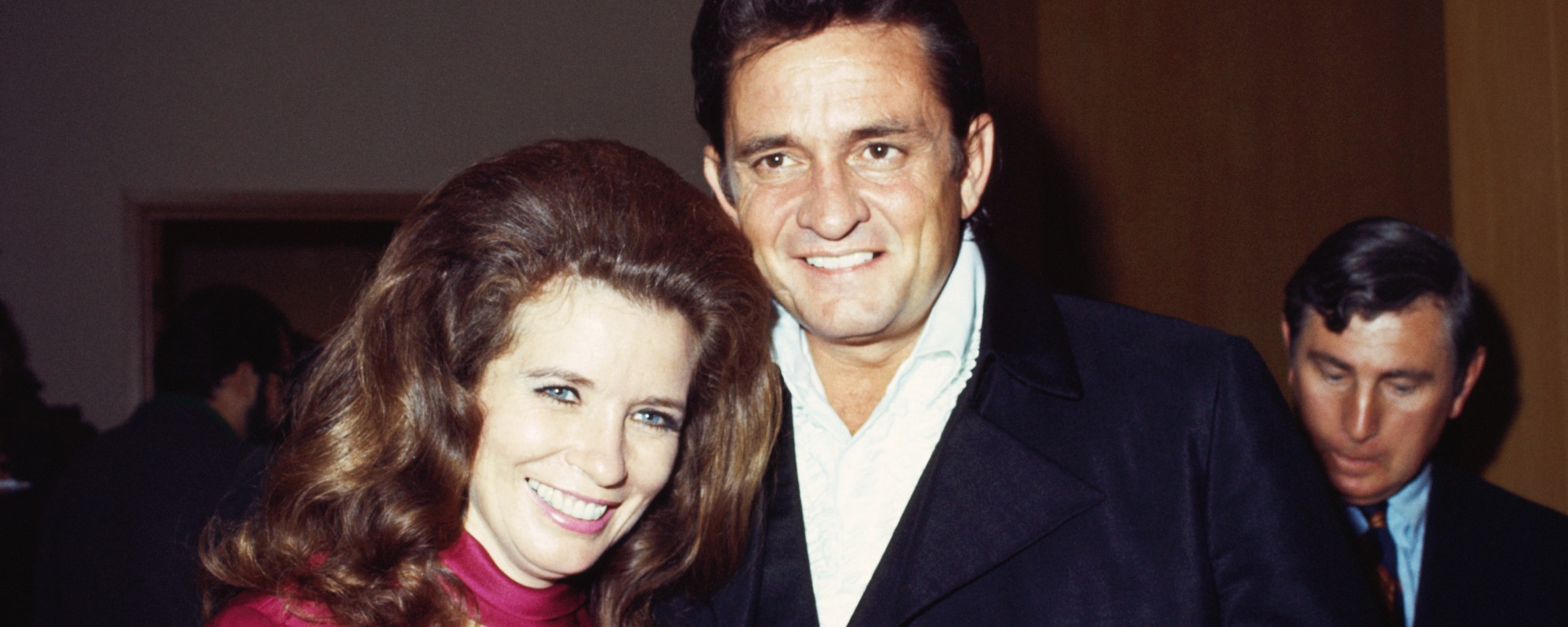
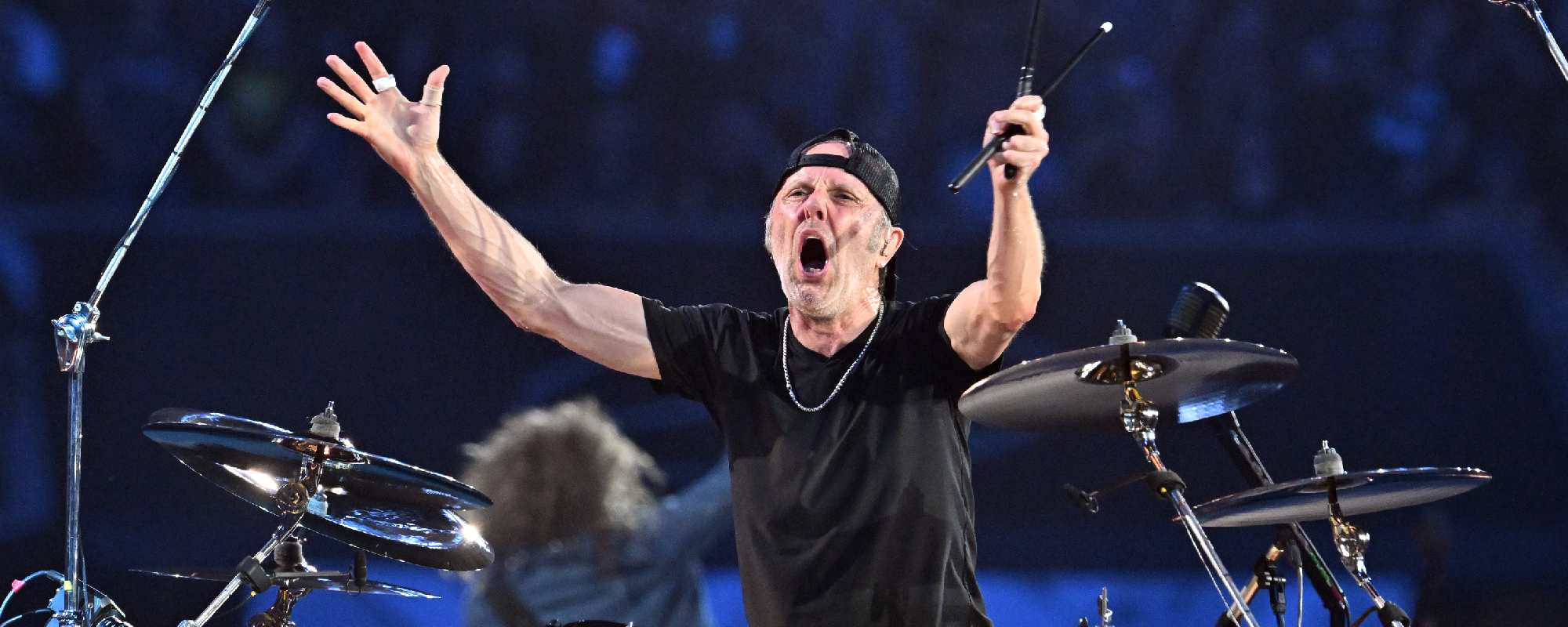




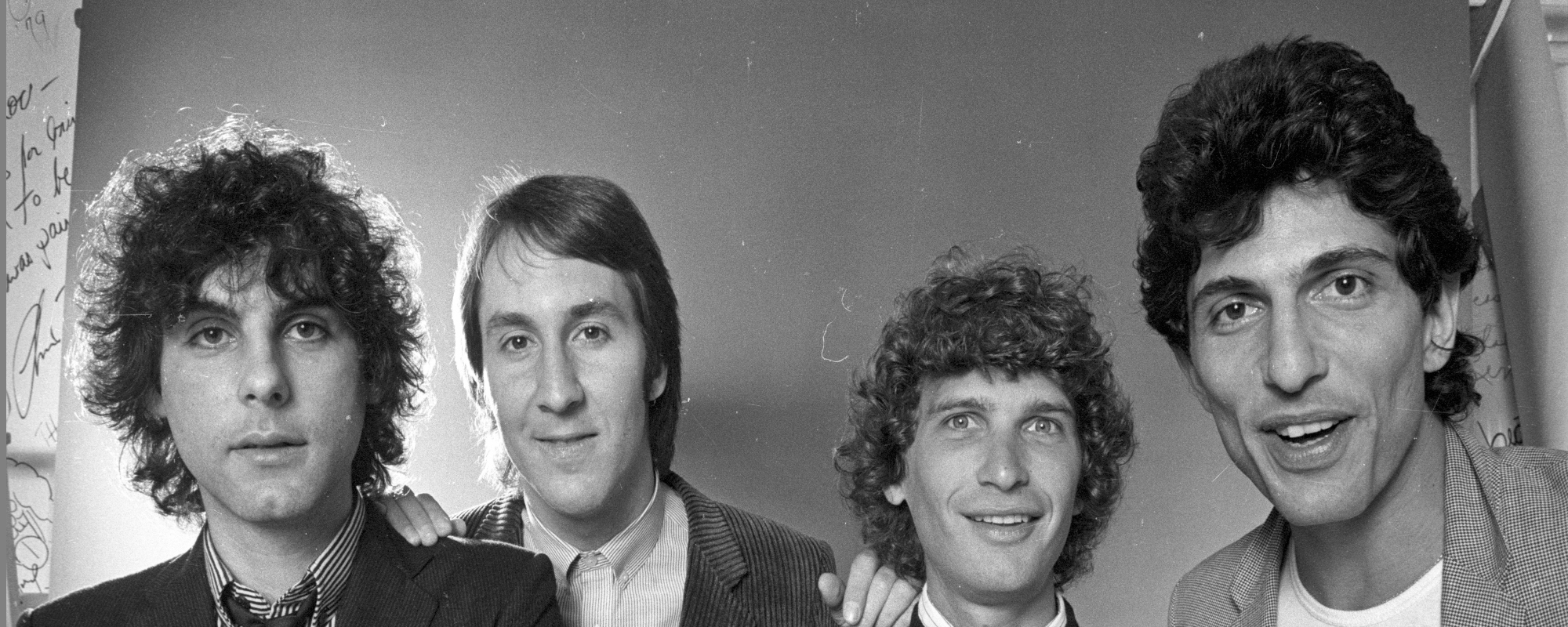
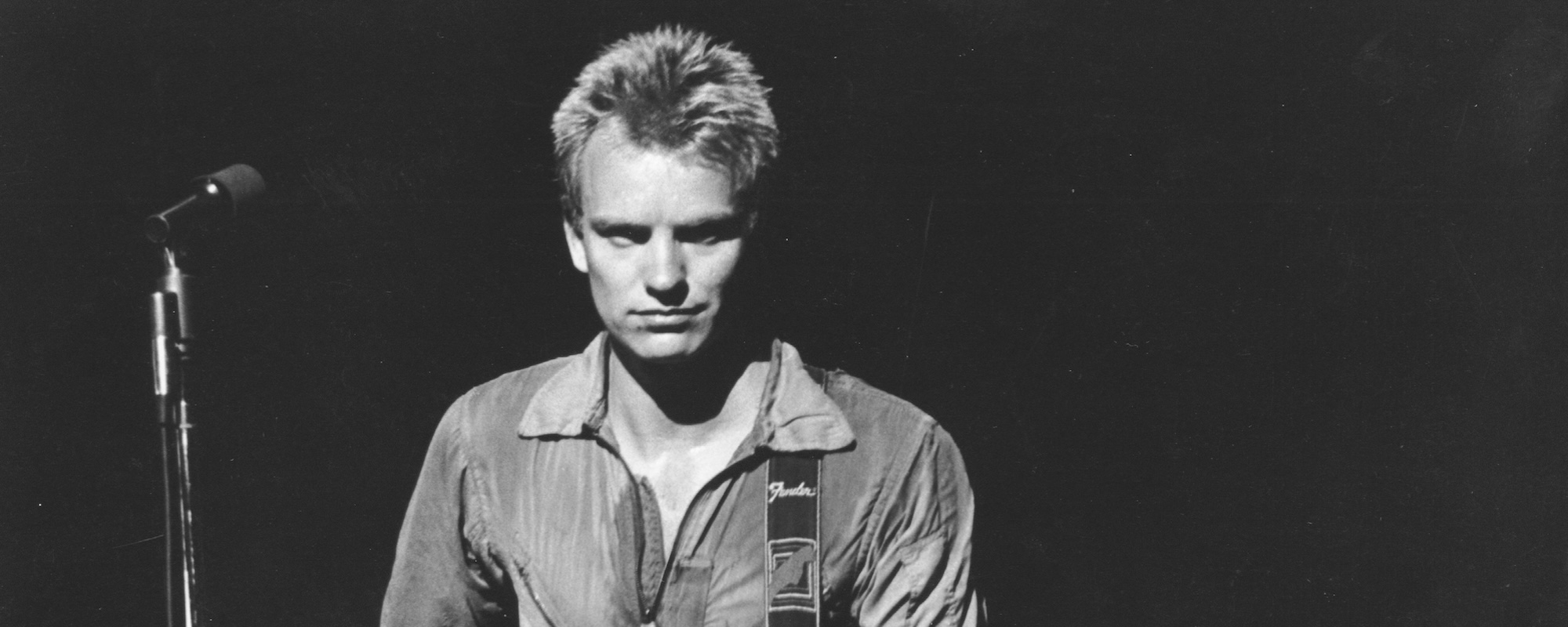
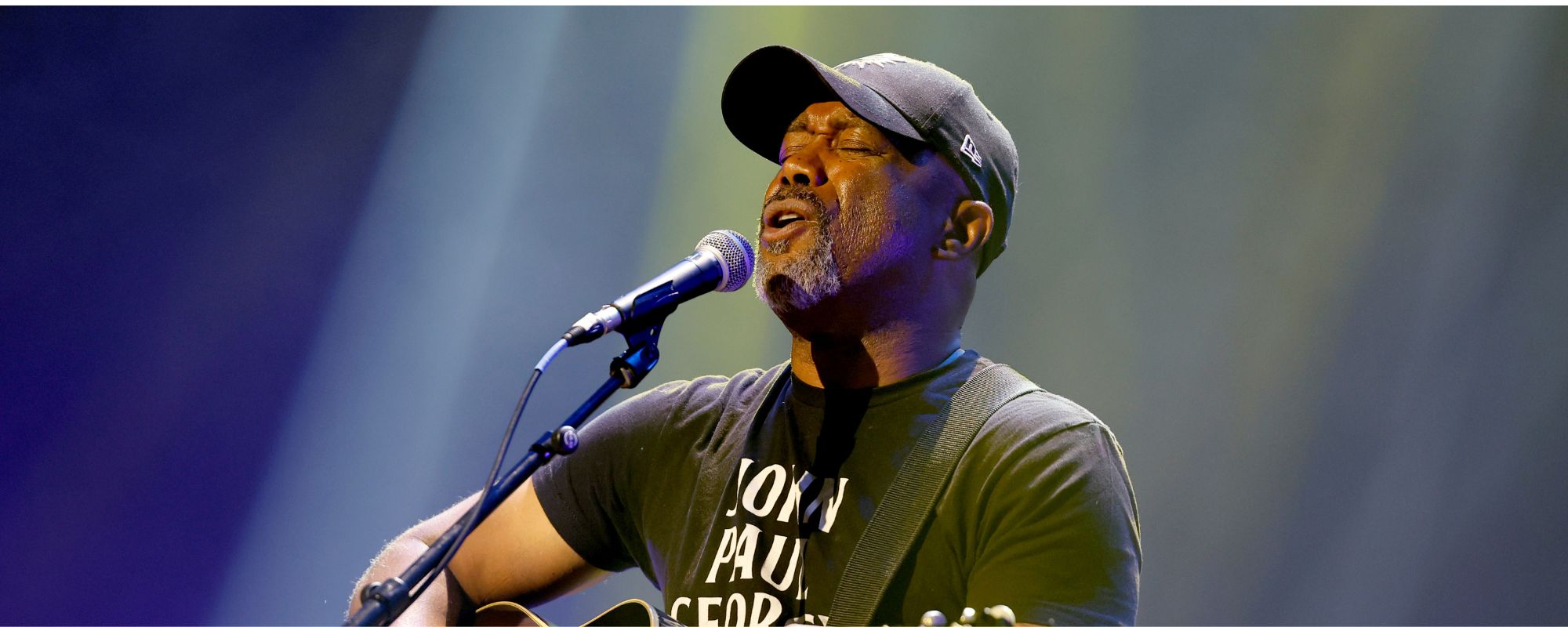
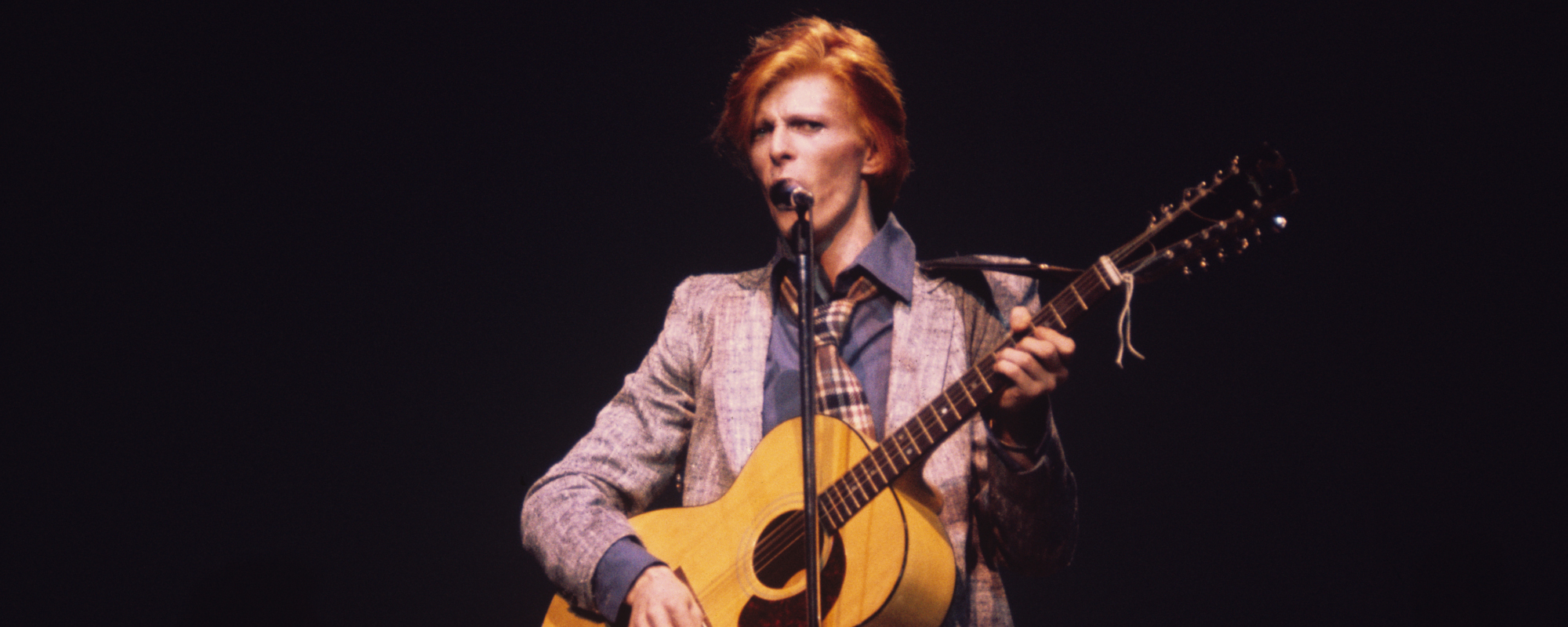
Leave a Reply
Only members can comment. Become a member. Already a member? Log in.